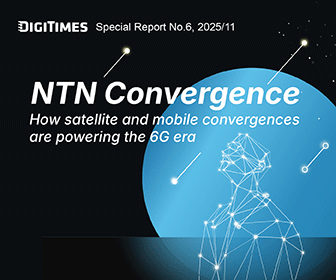The global solar industry is on the brink of a significant transformation as the transition from P-type PERC to N-type TOPCon solar modules gains momentum.
Market analysts forecast a full-scale shift by 2024, driven primarily by China's dominant supply chain, which commands over 80% of global market share. This rapid pivot to N-type modules has precipitated a fresh wave of oversupply, with production capacity tripling and prices plummeting by 70%.
At the SNEC PV+ 17th (2024) International Photovoltaic Power Generation and Smart Energy Conference & Exhibition in China, industry leaders voiced their concerns about the sector's aggressive competitive dynamics. The rapid expansion of China's TOPCon production, coupled with a slowdown in demand, has led to fierce internal competition and unsustainable pricing.
China's solar industry, which has long dominated the global market, is no stranger to trade wars. These conflicts have historically spurred rapid domestic market development. However, 2024 brings new challenges: grid bottlenecks, policy shifts, and market uncertainties have clouded the domestic outlook, exacerbating oversupply and competitive pressures.
The Southeast Asian supply chain, led by Chinese manufacturers, is expected to be a focal point in 2024. The expiration of the US exemption for bifacial modules from Southeast Asia in June will subject these imports to tariffs, dampening the already limited momentum for solar installations in the US market. This has led many Chinese factories in Southeast Asia to scale back production.
Adding to the uncertainty, the US is preparing a second wave of anti-subsidy and anti-dumping investigations targeting Southeast Asian imports. Chinese companies, anticipating these moves, acknowledge the relatively limited TOPCon cell production capacity in Southeast Asia. For Chinese firms already facing losses, the unclear outlook diminishes the urgency for further investment.
Regions without trade barriers are emerging as key targets for Chinese module sales, where the competitive edge of Chinese-manufactured prices surpasses those from Southeast Asia. This situation has led to an internal rivalry between Chinese companies, with Taiwan closely monitoring the influx of Southeast Asian modules and its impact on local manufacturers.
During the conference, GCL Group underscored the necessity of international expansion for future opportunities, asserting that global market penetration is inevitable for China's solar industry. Trina Solar criticized the uncoordinated investments and excessive profit-seeking driven by capital markets, along with overambitious local government investment drives. They called for a new development framework, emphasizing industry-academia collaboration, technological innovation, and strengthened intellectual property protection.
Industry insiders highlight the robust ecosystem of China's solar supply chain, bolstered by substantial capital and policy support. The global push towards net-zero carbon emissions has further fueled cross-industry integration, encompassing renewable energy, energy storage, charging stations, and electric vehicles.
Despite the challenges, the rapid upgrade to TOPCon technology, characterized by low technical barriers and aggressive capacity expansion, has resulted in a production capacity estimated to be three times China's domestic demand. While oversupply was anticipated, it is unlikely to deter new entrants from ramping up their investments in this burgeoning sector.




